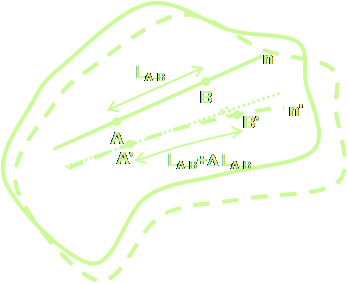
| Course CEE 521: Continuum mechanics |
|
INTRODUCTION |
This course deals with advanced theory regarding stress, strain, and deformation or flow in solids, liquids, and gases. The course focuses to materials that can be considered as continuous, with no gaps, pores, or other empty spaces (molecular structure is disregarded). Stress at a point of material (or media) is defined as mathematical limit, similar to as the derivative is defined at a point in differential calculus. Distributions of stress in material (or media) are then studied using common calculus methods. Consequently, physical models that can be easily visualized and understood are built and presented. The theory gives a very good approximation of reality; quantitative predictions agree with experimental results and are applied in theories of elasticity, plasticity, and fluid mechanics under wide range of conditions. 80-minute lectures are held twice a week. Although strong background in linear algebra, calculus and engineering mechanics is required, students with weaker backgrounds will be able to follow the course to a satisfactory extent. |
OBJECTIVES |
Student taking the course will:
|
GRADING |
A-F, P, Aud Class/precept participation (homework) 30%, midterm exam 25%, final exam 45% Ask-professor sessions (voluntarily) |
COURSE SCHEDULE |
Lectures: Tuesdays and Thursdays, 9:30AM - 10:50AM Room: Friend 110 |
SAMPLE READING LIST |
1) Lawrence E. Malvern, Introduction to the Mechanics of a Continuous Medium, Prentice-Hall, Inc., 1977 2) A. Cemal Eringen: Mechanics of Continua, John Wiley & Sons, Inc., 1967 3) George E. Mase and G. Thomas Mase: Continuum mechanics for engineers, CRC Press, Inc., 1992 |
DRAFT OUTLINE |
|